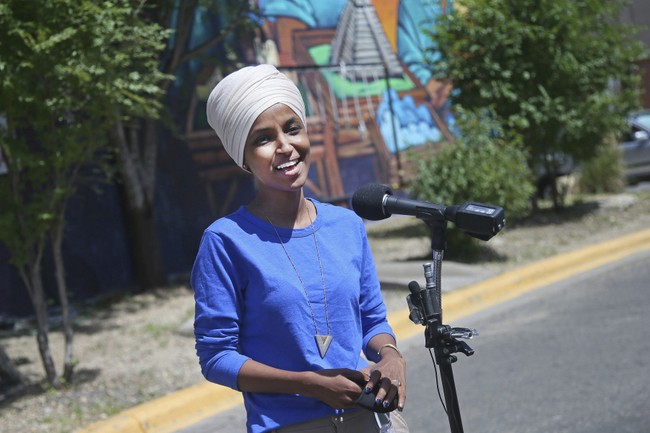
©Warner Bros. / Courtesy Everett Collection
What To Know
- The 1990 TV adaptation of Stephen King’s It featured an unusually long five-day rehearsal period to help the cast bond and authentically portray the story’s deep friendships.
- The set was known for its playful, close-knit atmosphere, with cast members like John Ritter wearing a Pennywise pin on his underpants and Annette O’Toole entertaining the group with cabaret songs between takes.
- Director Tommy Lee Wallace had the adult actors rehearse the children’s scenes to deepen their understanding of their characters, and his directing style was influenced by the principles of judo, favoring collaboration over control.
Stephen King‘s 1986 novel It has had a recent cultural comeback, following the 2017 feature film, the 2019 sequel It Chapter Two, and now, the prequel series IT: Welcome to Derry, which premieres on October 26, 2025, on HBO Max, and examines the roots of the evil that has long plagued Derry, Maine. But on November 18, 1990, TV got its first taste of the Losers Club with It, a two-night made-for-TV movie starring John Ritter, Waltons star Richard Thomas, Night Court star Harry Anderson, Annette O’Toole — and a pointy-toothed Tim Curry, in a terrifying turn as the vicious Pennywise the Clown.
An on-set report from the November 17, 1990 edition of TV Guide by Susan Littwin reveals what it really was like when the cameras weren’t rolling.
The director used the rehearsal period to help the group become friends

Everett Collection
It had a five-day rehearsal period before filming began — which is unusual for television. But it wasn’t just to work out the kinks in the script; director Tommy Lee Wallace wanted to give the group time to bond, so that their deep friendship would look more real on-screen. Those rehearsal days were “when we jelled as a unit,” Wallace told TV Guide. “It was imperative to me that this cast jell as human beings because the story is about deep friendship. We ran scenes to- gether. We played together. We went to clubs and to dinner together. That time together was just golden. And it shows. Oh, does it show!”
Because of all this, the set had a chummy, playful atmosphere that Littwin described as “bubbly camaraderie,” attributed to the fact that many of the actors had worked together before — a vibe that she also likened to “a fraternity.”
John Ritter wore a Pennywise pin on his underpants
Maybe that “fraternity” comparison seemed most accurate during the moment when ” A production aide gives out little ceramic pins-in honor of the unnameable, shape-changing monster who appears as a clown-and Ritter pins his to his undershorts.
Annette O’Toole sang cabaret numbers between takes
Anyone who’s seen the 1990 It will not soon forget the notorious Chinese restaurant scene (repeated in the feature film adaptation), in which eyeballs, blood, bugs and other horrors sprout from the group’s meal. The scene took three days to shoot, according to the TV Guide report, with the group entertaining each other between takes. One form this entertainment took: a moment when “the normally shy O’Toole sprawls on the piano and does a sexy cabaret rendition of ‘Big Spender.'”
The adults rehearsed the children’s scenes
One of the most famous things about It is the story’s dual narrative — that half of it occurs during the characters’ childhood (and, in adaptations, is performed by child actors), while the other half occurs when the group reunites as adults. But to fully prepare everyone for their characters, It director Wallace had the adult actors rehearse the children’s scenes, as well, playing tween versions of their characters. “I wanted them to know where they were coming from,” Wallace said.
The director’s approach to his job was inspired by a martial art
Wallace was a long-time collaborator of John Carpenter‘s (he co-edited Halloween and The Fog), as well as an accomplished director in his own right; by the time he helmed It, he had already overseen Fright Night 2 and cult classic Halloween III. But his approach on set was actually shaped, he told TV Guide, by his background in judo. “I’m not a controlling person,” he told the magazine when asked if he was interested in manipulating the actors in order to extract specific performances from them. “I learned judo when I was a teenager, and judo is the art of letting people’s momentum carry them where they would go anyway.
Share This:
More Of This:












